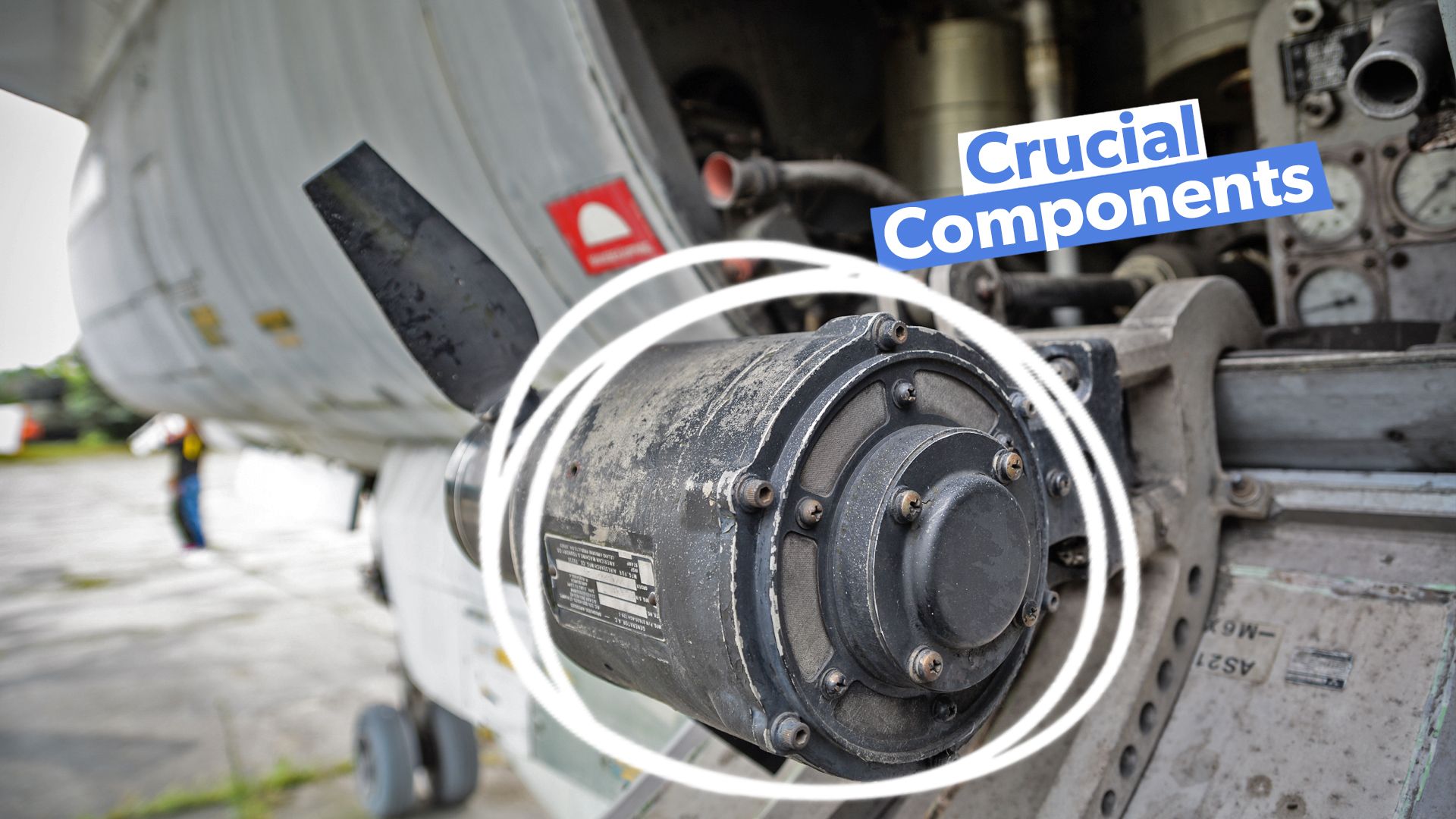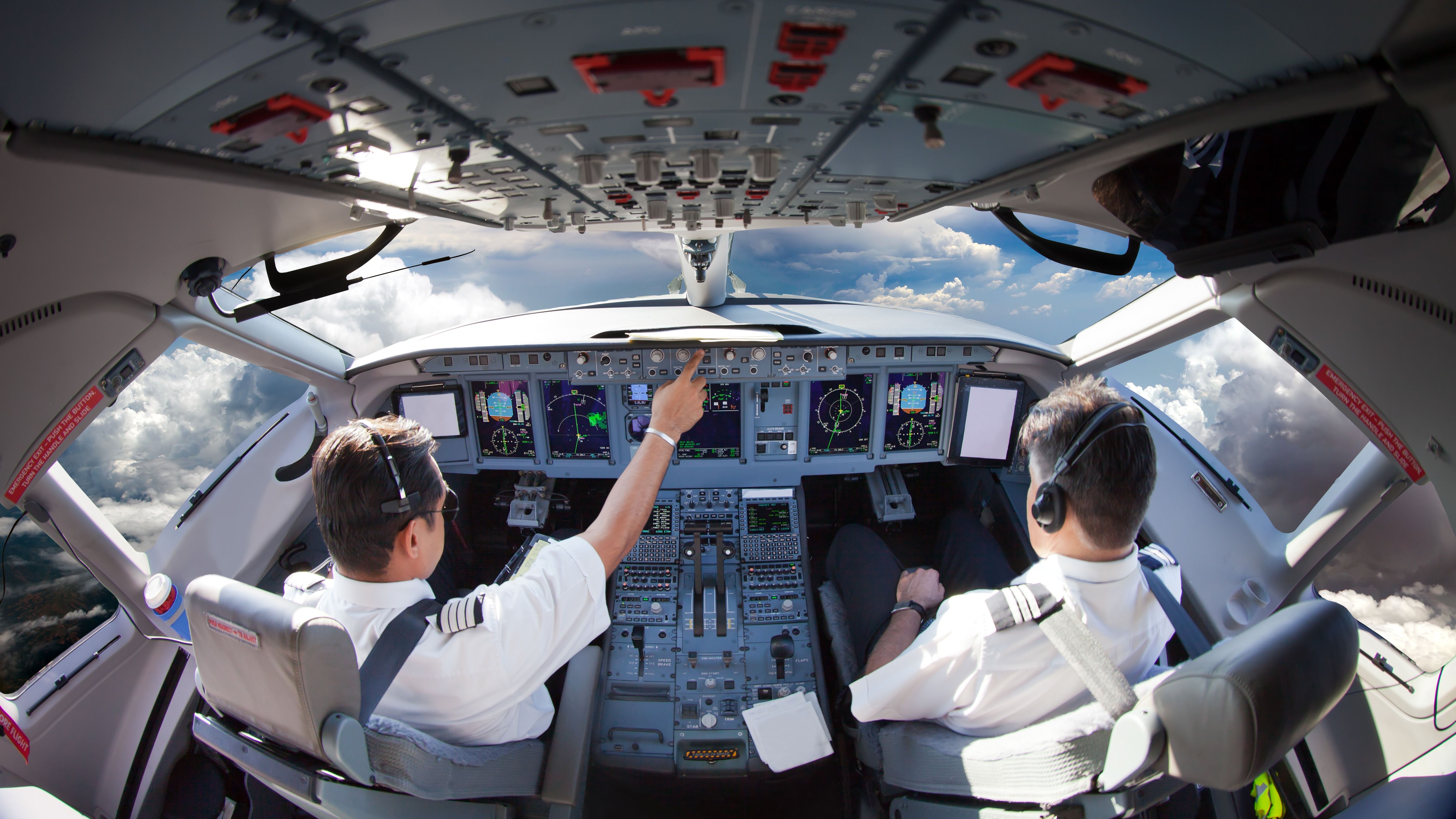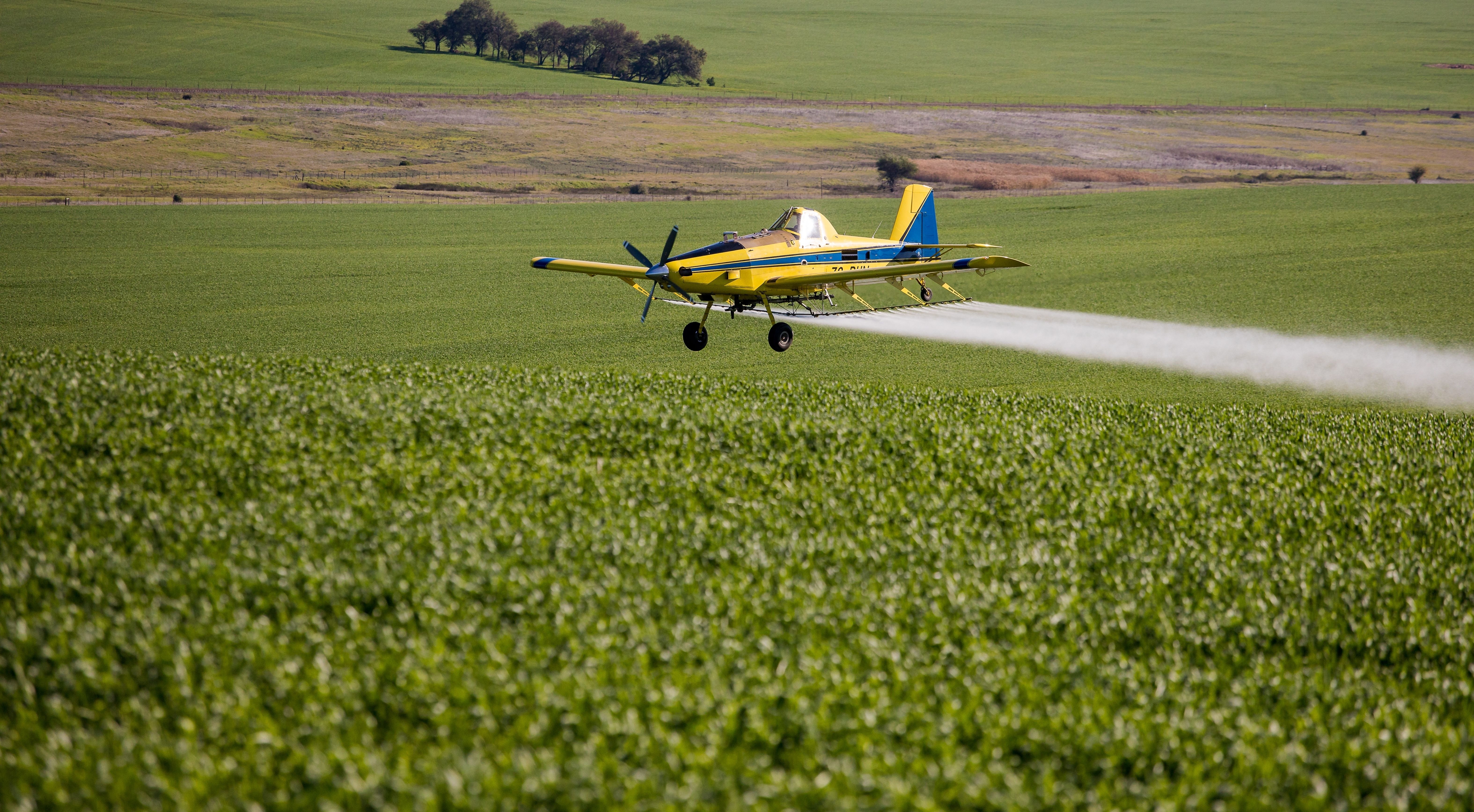Connected to a hydraulic pump or electric generator, the ram air turbine (known as a RAT) is a small wind turbine installed on an aircraft and used as a power source. Generating power by airstream, the RAT can create energy due to the aircraft’s speed. Modern aircraft today generally would only use a RAT in an emergency
, in cases where primary or
auxiliary power
sources are lost. In these scenarios, the RAT will power the aircraft most vital systems, such as hydraulics, flight controls, and instrumentation. While some RATs can only produce hydraulic power, this is then converted to power electrical generators.
In the early years
Various early aircraft, including airships
, had small RATs permanently mounted on the fuselage, which could operate a small electric generator or fuel pump. Engines, including the Argus As 410, used propeller turbines on the spinner to create power that could then self-contain the pitch governor, which would control constant speed.
Modern aircraft can generate power within the main engine or burn additional fuel. If the RAT is deployed, it will generate power from the airstream; however, less power can be produced if the aircraft speed is low. Most conditions see the RAT retract from the fuselage or wing and are deployed manually or automatically when the aircraft experiences a complete loss of power. When there is a power loss, and before RAT deployment, batteries help power essential instrumentation.
The Ram Air Turbine is entirely independent of the engine and is commonly installed on medium and long-range aircraft that require a non-time-limited emergency power source.
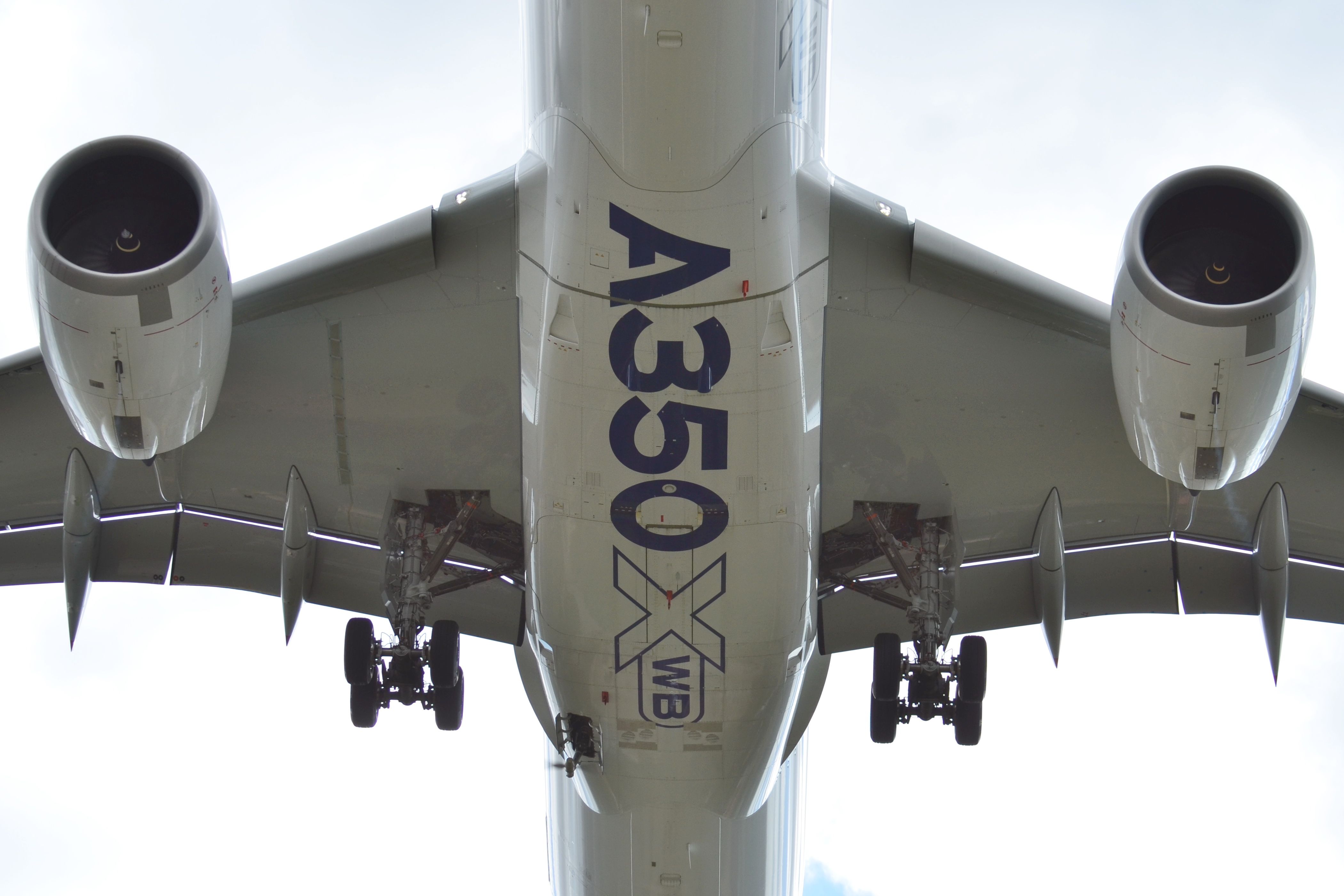
Related
How Does A Ram Air Turbine Work?
The small piece of equipment that uses ram pressure to function.
Now we understand the basic functionality of a Ram Air Turbine, what are the five key reasons they play a crucial role in aviation safety?
1
Powering essential avionics
Flight controls, instrumentation, and communication equipment
In emergencies, the RAT will deploy and provide electrical generation to power essential avionics unseen to passengers onboard. These essential avionics can include:
-
Flight controls
- Examples include: Ailerons, elevators (or stabilators), and rudders
-
Flight critical instrumentation
- Examples include: Altitude, airspeed, vertical speed, or heading
-
Navigation tools
-
Examples include: GPS navigation systems, Flight Management Systems (FMS), and
navigation charts
-
-
Communication equipment
- Examples include: Audio devices, radio and telephone communication equipment
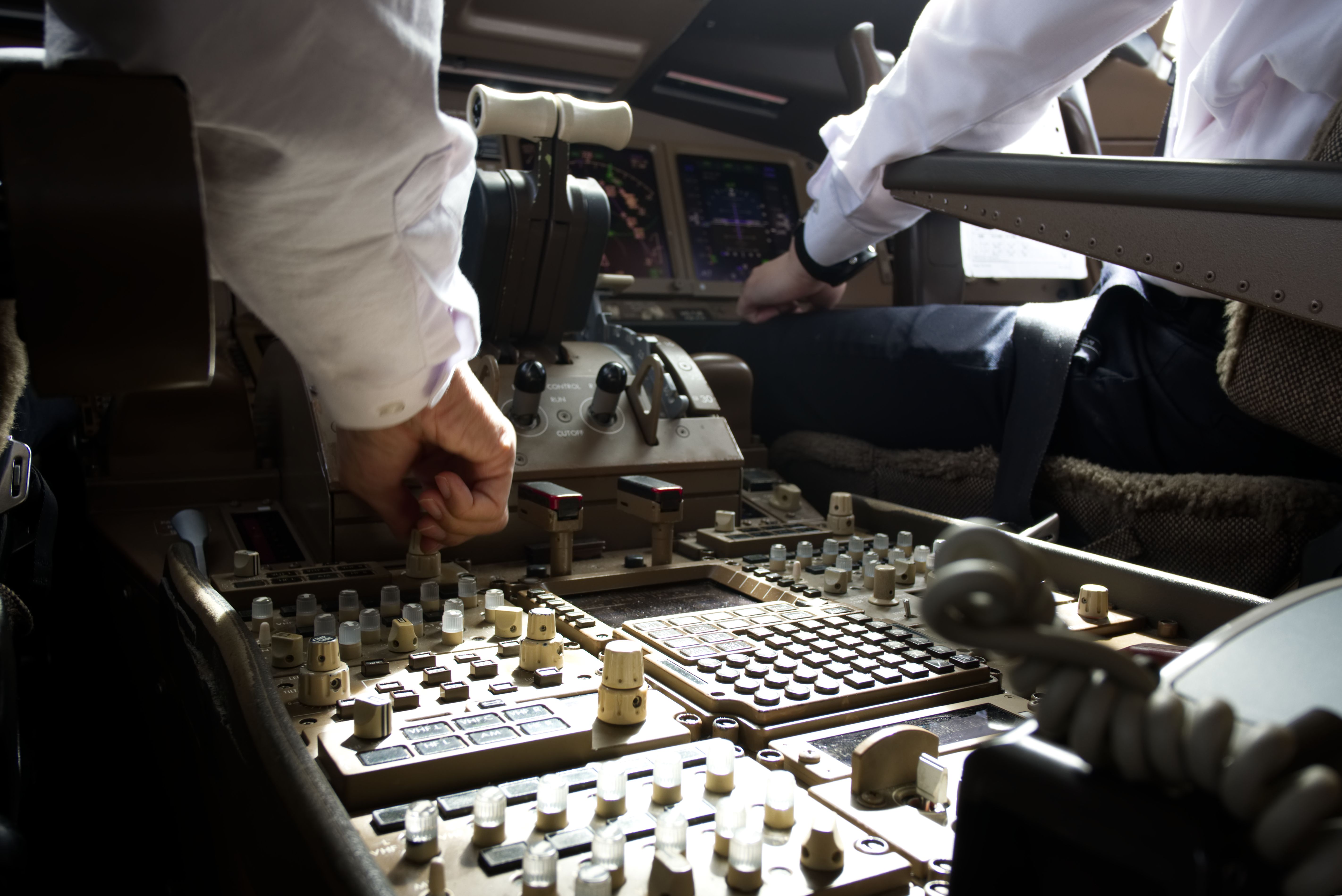
Related
A Pilot’s Guide to Aircraft Communication Systems
How the myriad of aviation conversations is performed.
2
Deploying under immense pressure
Gravitational force
Aircraft travel much faster through the air than we are used to on the ground. The RAT will deploy automatically when required or manually by those in the cockpit from the overhead panel. Once the panel is open, it will deploy using gravitational force and generate energy to power essential avionics
.
An ejection jack provides the force necessary to deploy the RAT and open the fairing doors. The cylinder rod / or support leg to which the RAT is fixed is spring-mounted and can only be re-stowed manually once the aircraft is on the ground.
3
Differing in size
31 inches to 64 inches in diameter
On the most common commercial aircraft
(such as the Airbus A320 / 330, the average RAT is around 31 inches (80 centimeters) in diameter. This is dwarfed by the Airbus A380
, which has adopted the largest RAT in the world, at 64 inches (1.63 meters) in diameter. Depending on size, the RAT on a commercial aircraft can produce between five and 70 kilowatts. Smaller, low-airspeed RATs may generate as little as 40 watts.
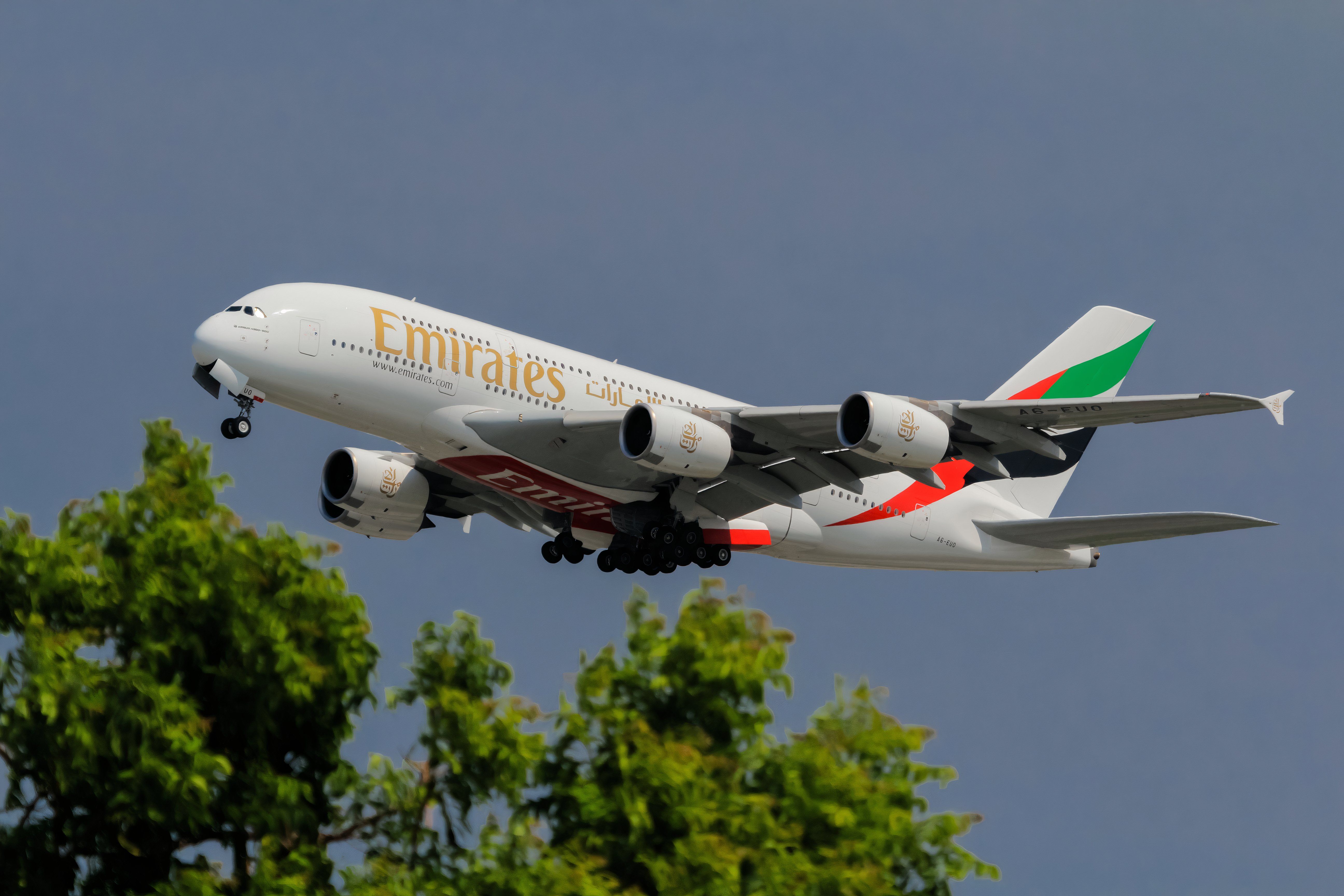
Related
16 Years Of Service: 5 Facts About The Emirates Airbus A380
Emirates continues to operate the world’s largest fleet of A380s, and they are receiving a $2 billion makeover.
4
Centrifugal pumps
Pressuring spray systems on crop dusters
Photo: Dewald Kirsten | Shutterstock
Historically, RATs have also been integral to powering centrifugal pumps on agricultural aircraft. The RATs can generate power to help pressurize the spray systems on aircraft used as crop dusters. RATs were chosen for their safety history when delivering liquid agents onto crops.
The United States FAA prohibits engines and power systems from being unmodified. As the aircraft does not need to use engine power takeoff to drive the pump, the RAT can be easily placed on the low or below exterior of the airframe. Also, given that the aircraft is delivering liquid agents, having the pump at the lowest part of the plane is excellent plumbing, as gravity is then fed from the tanks to the pump and does not need to be primed.
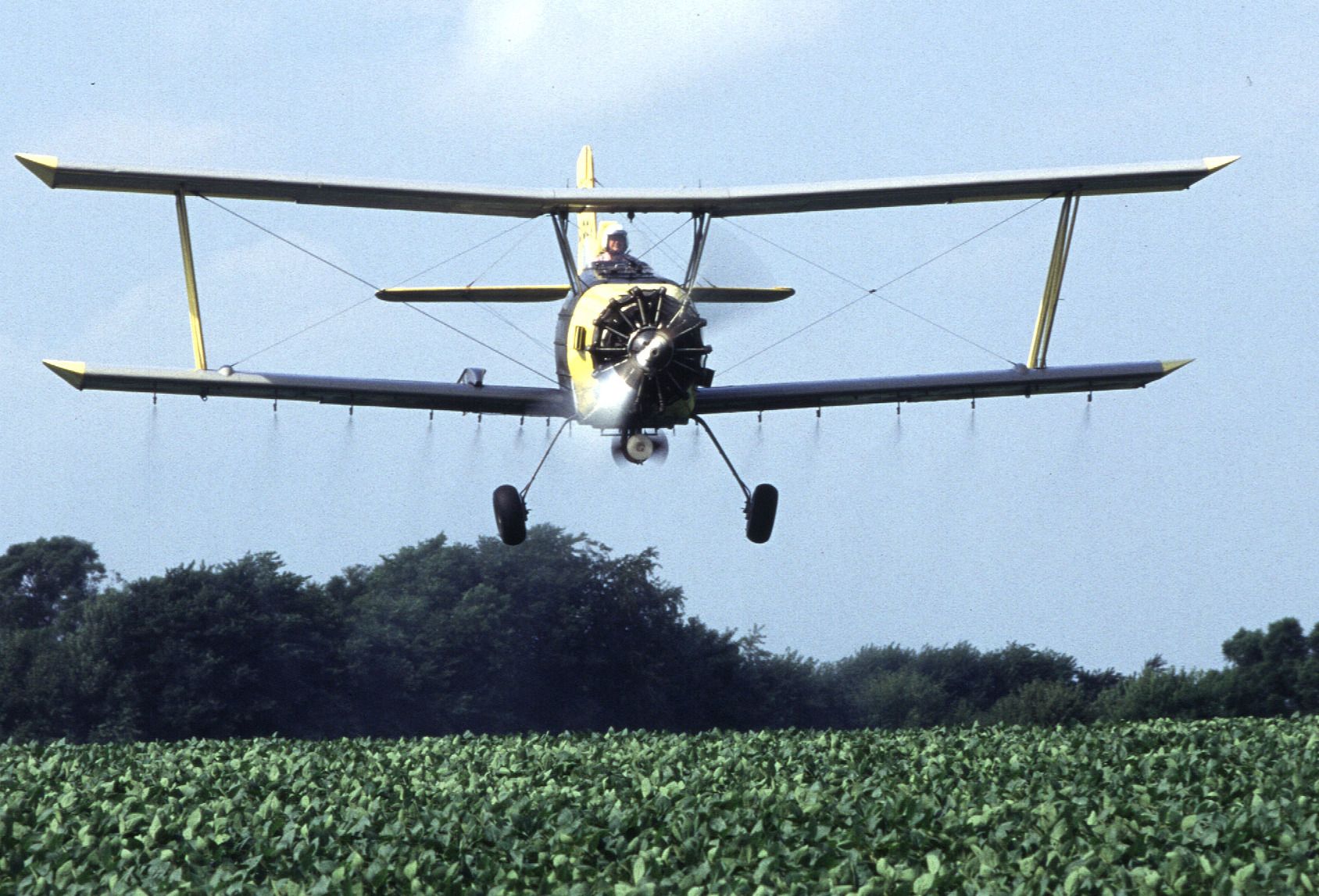
Related
Crop Duster Planes: 5 Fascinating Facts
Check out the lesser-known facts about agriculture planes.
5
Notable usage in emergencies
One of the most memorable uses of how the RAT deployed and provided vital electricity was US Airways flight US1549, more commonly now known as the ‘
Miracle on the Hudson
‘. Captained by Chelsey B. Sullenberger, the flight took off from New York La Guardia
on Thursday, January 15, 2009, destined for Charlotte, North Carolina onboard an Airbus A320.
Shortly after takeoff, the flight struck a flock of geese, and both its CFM engines failed. While the crew worked through the checklist for the engine to restart, the RAT deployed and provided vital power to essential avionics. The RAT was engaged and operating when the aircraft descended into the Hudson River.
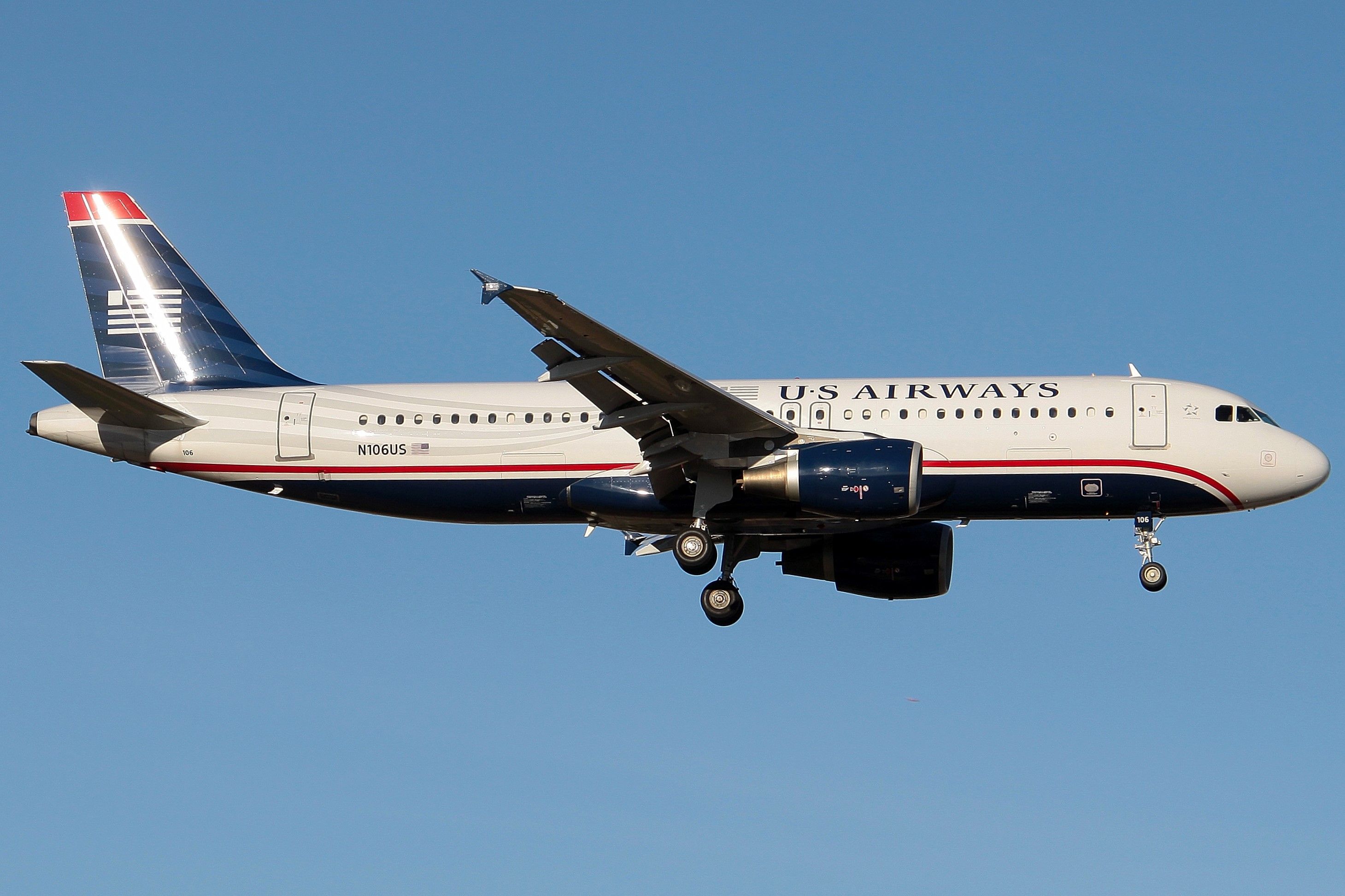
Related
The Miracle On The Hudson – The Full Story
It has now been over 14 years since the incident occurred.

